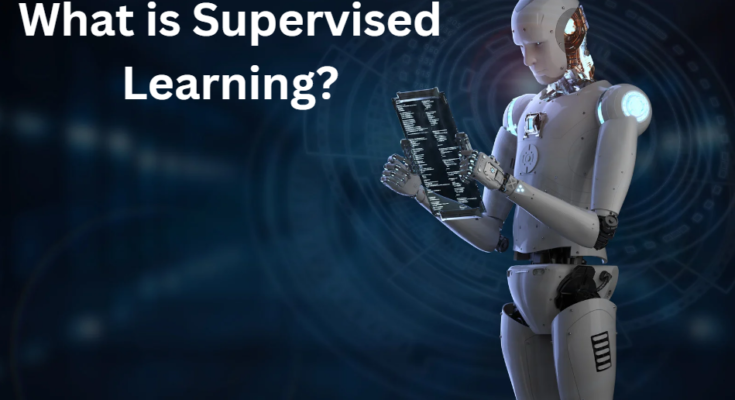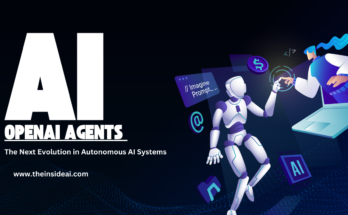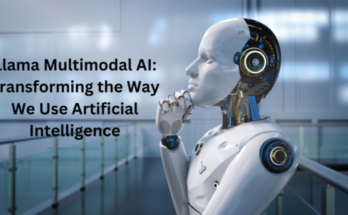Supervised learning is a fundamental concept in the field of machine learning. For instance, It’s like teaching a child with a set of flashcards: you show the child a picture of an apple and tell them it’s an apple. Afterward, after seeing enough examples, the child learns to identify apples on their own. Similarly, In the context of machine learning, supervised learning involves training an algorithm on a labeled dataset, meaning that each training example is paired with an output label. If you’re wondering, “What is supervised learning?” it’s a technique where models are trained on input-output pairs.
The Purpose of Supervised Learning

The main goal of supervised learning is to enable the algorithm to make predictions or decisions based on new, unseen data. It’s about teaching the machine to recognize patterns and relationships in the data, so it can accurately label new inputs. This approach is widely used in various applications, such as email spam detection, disease diagnosis, and stock market prediction.
Building Blocks of Supervised Learning

To understand supervised learning, it’s important to know its key components:
1. Dataset: The dataset is the foundation of supervised learning. It consists of input data and corresponding output labels. For example, in a dataset for image recognition, the input data could be images of animals, and the output labels could be the names of the animals.
2. Features: Features are the attributes or properties of the input data that the algorithm uses to make predictions. In our image recognition example, features could include pixel values, colors, shapes, and textures of the images.
3. Labels: Labels are the output variables the algorithm tries to predict. Each input data point in the dataset has a corresponding label. For instance, in a dataset of emails, the labels could be “spam” or “not spam.”
4. Model: The model is the mathematical representation of the learning algorithm. It’s like the brain of the operation, processing the input data and learning the relationships between features and labels.
5. Training: Training is the process where the model learns from the dataset. During training, the algorithm adjusts its parameters to minimize the difference between its predictions and the actual labels.
6. Testing: Testing evaluates the performance of the trained model on a separate dataset, which the model has not seen before. This helps to ensure that the model can generalize well to new data.
Types of Supervised Learning

There are two main types of supervised learning: classification and regression.
1. Classification: The goal is to predict a discrete label. For example, given an email, the algorithm needs to classify it as “spam” or “not spam.” Other examples include image classification (identifying whether an image contains a cat or a dog) and medical diagnosis (classifying whether a tumor is malignant or benign).
2. Regression: In regression, the aim is to predict a continuous value. For instance, predicting the price of a house based on its features (such as size, location, and number of bedrooms) is a regression problem. Other examples include predicting stock prices and estimating the amount of rainfall.
How Supervised Learning Works

Let’s walk through a simple example of how it works
1. Collect Data: Gather a labeled dataset relevant to the problem you want to solve. Suppose we want to build a model to predict house prices. Our dataset might include features like the number of bedrooms, square footage, location, and corresponding house prices.
2. Preprocess Data: Clean and preprocess the data to make it suitable for training. This might involve handling missing values, normalizing features, and splitting the data into training and testing sets.
3. Choose a Model: Select an appropriate model for the task. For house price prediction, a common choice is a linear regression model.
4. Train the Model: Feed the training data into the model and let it learn the relationships between features and labels. The model will adjust its parameters to minimize the prediction error.
5. Evaluate the Model: Use the testing data to evaluate the model’s performance. Metrics like mean squared error (MSE) for regression or accuracy for classification are commonly used.
6. Make Predictions: Once the model is trained and evaluated, you can use it to make predictions on new, unseen data.
Conclusion
Supervised learning is a powerful technique that allows machines to learn from labeled data and make accurate predictions. By understanding its purpose, building blocks, and types, we can appreciate how supervised learning drives many of the intelligent systems we interact with daily. Whether it’s classifying emails, diagnosing diseases, or predicting prices, supervised learning is at the heart of these innovations, enabling machines to mimic human decision-making processes.



